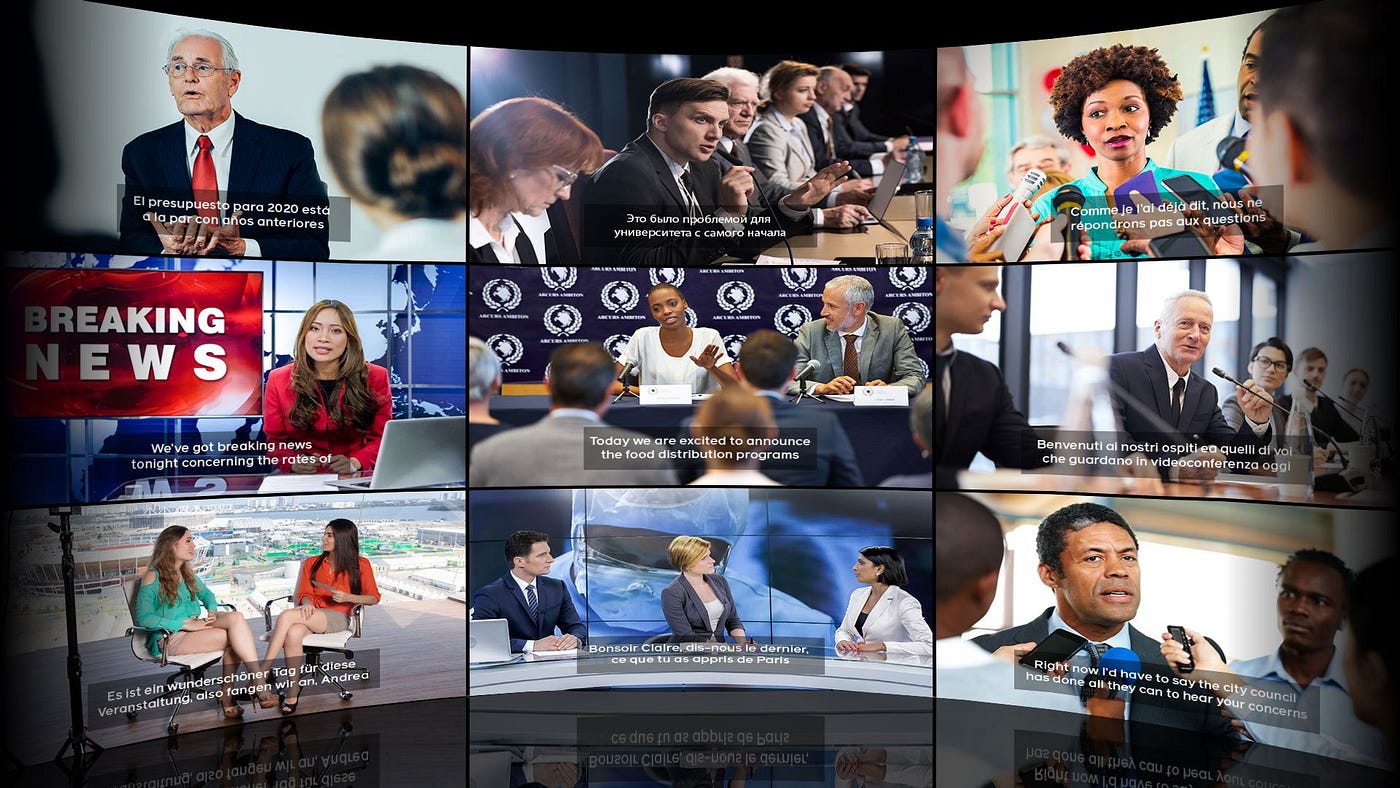Home>How-To Guides>Tips and Tricks>Tech Blog: Exploring the World of Subtitles


Tips and Tricks
Tech Blog: Exploring the World of Subtitles
Modified: September 5, 2024
Explore the latest tips and tricks for subtitles in our tech blog. Stay updated with our expert insights and enhance your subtitle experience.
(Many of the links in this article redirect to a specific reviewed product. Your purchase of these products through affiliate links helps to generate commission for Techsplurge.com, at no extra cost. Learn more)
Table of Contents
History of Subtitles
Subtitles have a rich history dating back to early cinema. In the 1920s, silent films featured live narration or title cards for context and dialogue. These title cards were early versions of modern subtitles.
The release of "The Jazz Singer" in 1927, the first synchronized sound film, marked a significant milestone. However, subtitles became more widespread in the 1950s, especially in Europe. Television further popularized subtitles, enabling synchronized audio and visual content distribution.
Types of Subtitles
Subtitles come in various forms, each serving a specific purpose:
Closed Captions (CC)
Closed captions include dialogue, sound effects, and music. Designed for accessibility, they remain visible on screen at all times, aiding those who are deaf or hard of hearing.
Open Captions
Open captions are permanently embedded in the video file. Unlike closed captions, viewers cannot turn them on or off, ensuring constant visibility.
Subtitles for the Deaf and Hard of Hearing (SDH)
SDH subtitles cater specifically to audiences who are deaf or hard of hearing. They include dialogue, sound effects, and music, often provided in multiple languages.
Translated Subtitles
Translated subtitles convert dialogue into different languages. Commonly used in international films and TV shows, they make content accessible to a broader audience.
Interactive Subtitles
Interactive subtitles allow real-time engagement with content. They might include hyperlinks to additional information or enable viewers to pause and read at their own pace.
Benefits of Subtitles
Subtitles offer numerous benefits for both content creators and viewers:
Accessibility
Subtitles enhance the viewing experience for individuals who are deaf or hard of hearing by providing a visual representation of audio.
Language Learning
Subtitles serve as a tool for language learners. Watching videos with subtitles in the target language improves comprehension and vocabulary skills.
Improved Understanding
Subtitles assist viewers not fluent in the primary language of the content, making it useful for international audiences.
Enhanced Engagement
Subtitles increase viewer engagement by providing additional context and information, such as background details or explanations.
SEO Benefits
Search engines can index subtitles, aiding content creators in optimizing videos for search. This is particularly important for educational and informative content.
Technologies Behind Subtitles
Creating and displaying subtitles rely on several technologies:
Subtitle Editing Software
Software like Adobe Premiere Pro, Final Cut Pro, and Avid Media Composer are used for editing and creating subtitles. These tools allow editors to add, edit, and synchronize subtitles with video.
Automatic Speech Recognition (ASR)
ASR technology automatically generates subtitles from audio or video files. Significant improvements have made it possible to generate accurate subtitles with minimal human intervention.
Machine Learning Algorithms
Machine learning algorithms enhance ASR technology accuracy. These algorithms learn from large datasets and adapt to different accents and speaking styles.
Cloud Services
Cloud services like Google Cloud Speech-to-Text and Amazon Transcribe provide APIs for integrating ASR technology into applications. These services generate subtitles in real-time or batch processing.
WebVTT (Web Video Text Tracks)
WebVTT is a file format for storing timed text tracks, such as subtitles, captions, and descriptions. Widely supported by modern web browsers, it is often used in online videos.
Challenges in Subtitle Creation
Creating subtitles poses several challenges:
Accuracy
Ensuring subtitle accuracy is crucial. Mistakes can be distracting and affect the overall viewing experience.
Synchronization
Synchronizing subtitles with audio or video requires precise timing to avoid delays or overlaps, which can be time-consuming.
Cultural Considerations
Subtitles must be culturally sensitive and appropriate for the target audience. Idioms, colloquialisms, and cultural references might need translation or explanation.
Technical Issues
Technical issues like formatting errors, font size, and color can affect subtitle readability. Ensuring clarity and readability is essential for an optimal viewing experience.
Future of Subtitles
Advancements in technology and changing viewer preferences promise a bright future for subtitles:
AI-Generated Subtitles
AI-generated subtitles are becoming more accurate and efficient. This technology will continue improving, making it easier for content creators to provide high-quality subtitles without manual intervention.
Personalized Subtitles
Personalized subtitles could become a reality with AI. For example, subtitles could be tailored to individual viewers based on language proficiency or learning needs.
Interactive Subtitles
Interactive subtitles are gaining popularity, offering a more engaging viewing experience. This technology can include hyperlinks, pop-up information, and other interactive elements.
Accessibility Features
As accessibility becomes a priority in digital media, expect more advanced features in subtitles. This might include real-time translation, audio descriptions, and other features catering to diverse viewer needs.
Subtitles have evolved significantly since early cinema. From providing accessibility to enhancing engagement, they play a vital role in modern media consumption. As technology advances, expect even more sophisticated and personalized subtitle features catering to diverse audiences worldwide.

